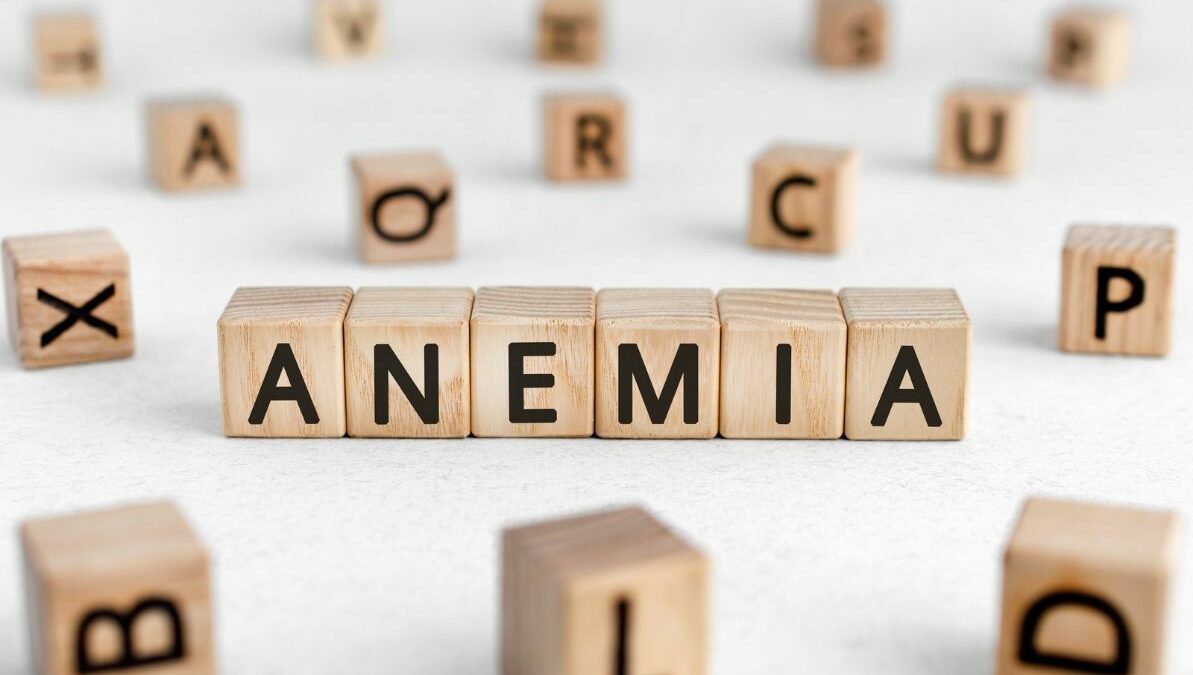The Different Types of Anemia: What You Need to Know
Has your doctor recently diagnosed you with anemia? Here’s everything you need to know about the different types of anemia, including the causes, symptoms, and treatment options.
According to the World Health Organization (WHO), anemia affects 1.62 billion people globally. Women who are not pregnant make up the most significant number of people affected.
Anemia is a condition that occurs when you don’t have enough healthy red blood cells in your body. This can happen if you don’t have enough iron in your diet or if you’re not absorbing essential nutrients from food or supplements. There are also several other potential reasons why you may develop anemia, which we will discuss later.
If you want to learn more about the common causes and symptoms of this condition, along with the different types of anemia, then keep reading.
What is Anemia?
Anemia is a condition in which the blood lacks sufficient healthy red blood cells. Depending on your nutrient intake and overall health, it can be mild or severe.
Some of the most common anemia symptoms include fatigue, weakness, dizziness, shortness of breath, and headaches. A doctor may perform a blood test to determine the exact amount of hemoglobin in your body.
If you are diagnosed with anemia, your treatment plan will depend on the severity of your symptoms and any existing health conditions you may have.
Let’s look at the different types of anemia and what sets them apart.
The Different Types of Anemia: What You Need to Know
There are many different types of anemia, and various factors can cause them. Below are five common types of anemia.
1. Folic Acid Deficiency Anemia
Folic acid deficiency anemia happens when you don’t have enough folic acid in your diet or you have certain conditions that affect how your body absorbs folic acid. The symptoms include fatigue and weakness, irritability, and trouble concentrating.
2. Iron Deficiency Anemia
If you aren’t getting enough iron in your diet or your body doesn’t absorb iron properly, you may be at risk of developing iron deficiency anemia. The symptoms include fatigue and weakness, pale skin, shortness of breath, and dizziness.
3. Vitamin B12 Deficiency Anemia
Similarly, vitamin B12 deficiency anemia may occur when there isn’t enough vitamin B12 in your diet or your body doesn’t absorb vitamin B12 properly. The symptoms include fatigue and weakness, pale skin, or sore gums.
4. Anemia During Pregnancy
Women are more likely to develop anemia during pregnancy because of the extra nutrients their bodies need for the baby’s growth. The most common types of anemia during pregnancy include iron deficiency anemia and folic acid deficiency anemia.
5. Chronic Disease and Anemia
People with chronic diseases may have lower red blood cell counts than those without chronic diseases, which can make them more susceptible to anemia. Chronic diseases, especially ones that result in decreased kidney function, may result in an elevated risk of developing different types of anemia.
What Causes Anemia?
Some of the most common causes of anemia include:
- Blood loss, whether from heavy menstrual periods, surgery, or another health condition
- A lack of nutrients in the diet, such as iron, vitamin B12, or folic acid
- Problems with the digestive system that prevent absorption of nutrients from consumed food
- An underlying condition that affects the body’s ability to produce red blood cells, such as an autoimmune disease
- Medical treatments or procedures may reduce a person’s number of red blood cells. This may be due to side effects from chemotherapy drugs used for cancer treatments
In some cases, anemia can be idiopathic. Many patients who have anemia don’t have a direct cause for their low iron.
Symptoms of Anemia
People who are anemic often go undiagnosed or misdiagnosed. Many early symptoms, such as fatigue and weakness, are also associated with other health conditions.
Anemia symptoms vary depending on the type of anemia, the underlying cause, the severity, and any underlying health issues such as excess bleeding, ulcers, menstrual problems, or cancer.
The following are some of the most common anemia symptoms:
- Insomnia
- Trouble concentrating
- Dizziness
- Pale skin
- Unusual rapid heartbeat
- Shortness of breath
- Headaches, particularly with exercise
- Leg cramps
- Fatigue
If you suffer from iron deficiency anemia, common symptoms include:
- A sore mouth with cracks at the corners
- This is the persistent craving for non-food items, including ice, dirt, paint chips, or hair
- Koilonychias – This happens when your nails are concave or spoon-shaped. The nail plate becomes thin and curves inward instead of lying flat against the nail bed
Experiencing these symptoms every day can be frustrating and lower your quality of life. For this reason, prompt diagnosis by your doctor is essential to maintain optimal health.
Final Thoughts
Anemia can have a devastating impact on your health. Thankfully, there are options that can help.
We recommend speaking to your doctor about a treatment plan. They can provide personalized advice based on your unique health history and needs.
Furthermore, if you have been prescribed IV iron infusion by your doctor, we are here to help you with our iron infusion treatment.
Finally, if you want to schedule an appointment at our Vancouver-based clinic, don’t hesitate to contact us today. Our team of qualified healthcare professionals is happy to address any of your concerns or questions




